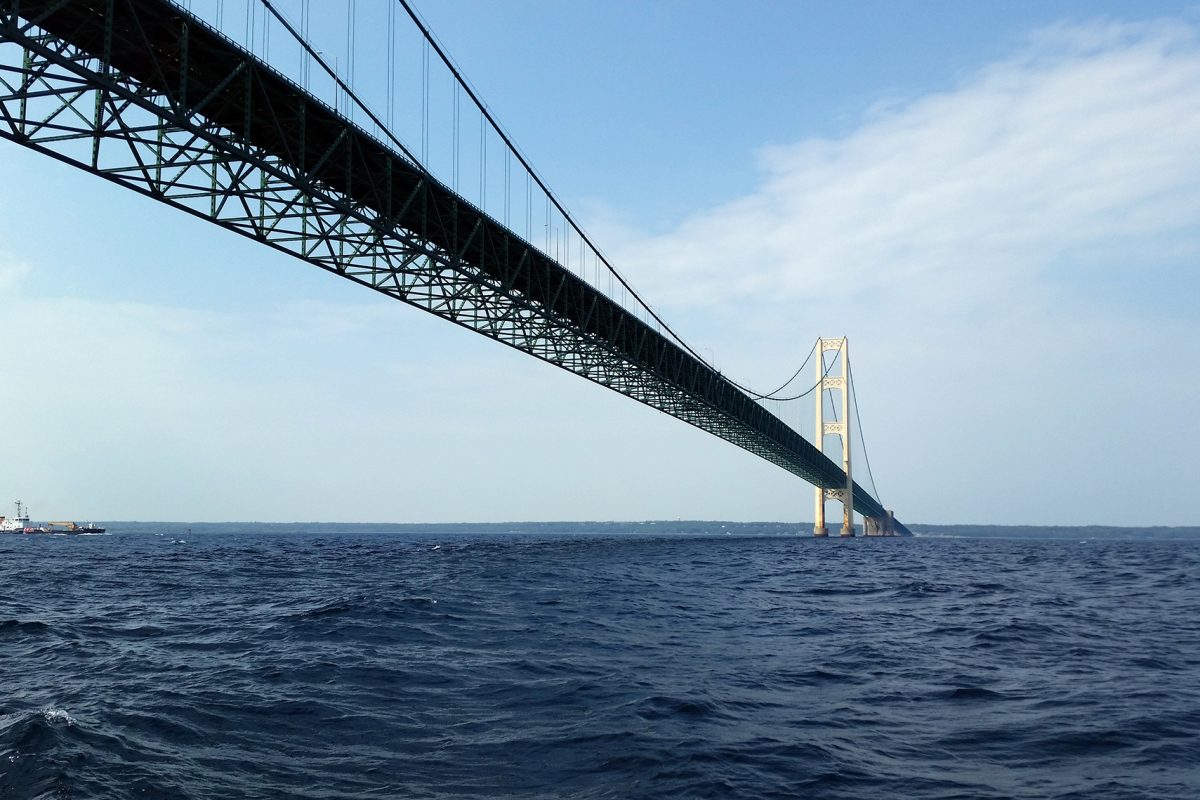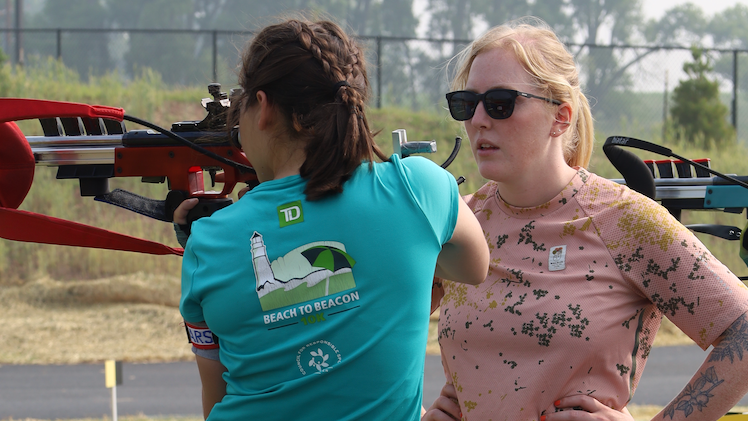Much to Ole Einar Bjorndalen’s chagrin, his Norwegian teammate Emil Hegle Svendsen beat him for a second straight race.
As Bjorndalen crossed the finish line in second place, 3.9 seconds behind Svendsen at the end of Saturday’s 10 k World Cup sprint, he threw his poles onto the ground in frustration and rolled his eyes at the cameraman.
Bjorndalen held the lead at the 8.4 k checkpoint, but fell on the final downhill coming into the stadium. It was his first fall in a race since 2001.
Svendsen had the fastest course time on the day by a large enough margin that even missing one shot didn’t cost him the win. The next three finishers – Bjorndalen, Martin Fourcade of France, and Jakov Fak of Slovenia – all shot clean, but couldn’t match Svendsen’s ski speed.
Although he said in a press release that he felt “unstoppable,” Svendsen also had a bit of sympathy for his teammate.
“I was sure that Ole would beat me when I saw that he had such good ski speed,” Svendsen said. “One man’s luck is another man’s death, I guess. I felt sorry for him when he fell, but I also thought, ‘that is good for me.’”
Svendsen finished the 2009-2010 World Cup season with the yellow overall leader’s bib, and it looks like he might hold onto it for quite some time.
The main competitor who could steal it away appears to be Bjorndalen, who had the win practically sealed Saturday and was only 19 seconds back on Thursday.
“It was actually a really good race today for me, shooting clean,” Bjorndalen said in a press release. “The best for me in many years. I was in fantastic shape and had great skis, but I need to learn how to keep standing up on them.”
He later told NRK, the Norwegian state TV station, that the race was lost, and there was nothing he could do after the crash.
“I was in good form, and hit everything. So it went fine. I felt like I had control [of the race]. But in order to win, everything has to fall into place.
“It was fun to see so many teammates up there,” he added.
And indeed, the Norwegians had another strong showing Saturday, with Svendsen, Tarjei Boe, Lars Berger, and Bjorndalen owning the four fastest course times. In the final results, Boe and Alexander Os finished fifth and sixth. At the next World Cup series in Hochfilzen, Austria, the Norwegians will be heavy favorites in the men’s relay.
Looking at the short-term picture, though, Fourcade believes he has a chance to win in Sunday’s pursuit race. He will start only 14 seconds behind Svendsen and will wear the red bib, meaning that he was the leader in the pursuit discipline last season. (In biathlon, besides the overall yellow bib, each race format also has its own red bib leader.)
“I will start the pursuit with the red bib for the first time in my career and my aim is to keep it,” he said. “But I am sure that Emil and Ole are not really okay with this.”
Meanwhile, Fak had one of his best races to date, missing the podium by a mere three seconds. He finished third in the Olympic sprint in Vancouver, when conditions strongly favored early starters. At the time, he raced for Croatia; he has since switched to join the Slovenian team. His only other podium came in the 2009 World Championships in Korea. With an eighth place finish Thursday and fourth place on Saturday, Fak is drawing attention as a force to be reckoned with this season.
And American Tim Burke improved on Thursday’s showing as well, moving up to 18th place Saturday. He told FasterSkier in an e-mail that he felt better and is gradually recovering from the stomach problems that were a result of a parasite infection from Ostersund’s drinking water.
Burke had the ninth-fastest course time, and said that his real nemesis today was the cold. After shooting clean in the prone stage and beginning his second loop in ninth place, he encountered problems in the standing stage.
“My hands really paid the price,” he told FasterSkier. “I had a pretty bad case of frostbite on some of my fingers, and this really made things difficult with the shooting. I literally could not feel my trigger at all in standing. Some shots went a little earlier than expected, but the last two took a long time. My range time was around 15 seconds longer than my average in standing.”
Burke spent 25 more seconds shooting than did Boe, which would have translated to ten places on the results sheet.
Nonetheless, he felt good about his performance Saturday and was optimistic heading into Sunday’s pursuit.
“I will start less than 20 seconds out of the top 10 tomorrow, so a good result is not far away,” Burke said. “The temps are also finally suppose to warm up, so I am hopeful that I will regain some feeling in my fingers!”
Canada’s Jean-Phillipe Leguellec finished two seconds and one place behind Burke. He missed a single shot in the standing stage.
Lowell Bailey finished 38th and shot clean. He was the last North American to qualify for tomorrow’s pursuit race, which will have only 60 starters. His skiing was not particularly strong, but he said in a U.S. Biathlon press release that he is trying a new training strategy this year, and is not focusing on skiing fast in the early season.
“The skiing will get better with more races,” he said. “As for the shooting, I’m happy about that. I struggled a bit in the trials in Canmore, but this range here with the downhill approach seems to fit me quite well.”
Nathan Smith and Brendan Green of Canada finished 69th and 74th, while Americans Russell Currier, Leif Nordgren, and Jeremy Teela finished 80th, 84th, and 89th.



